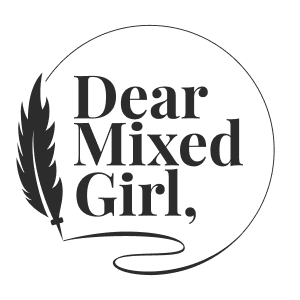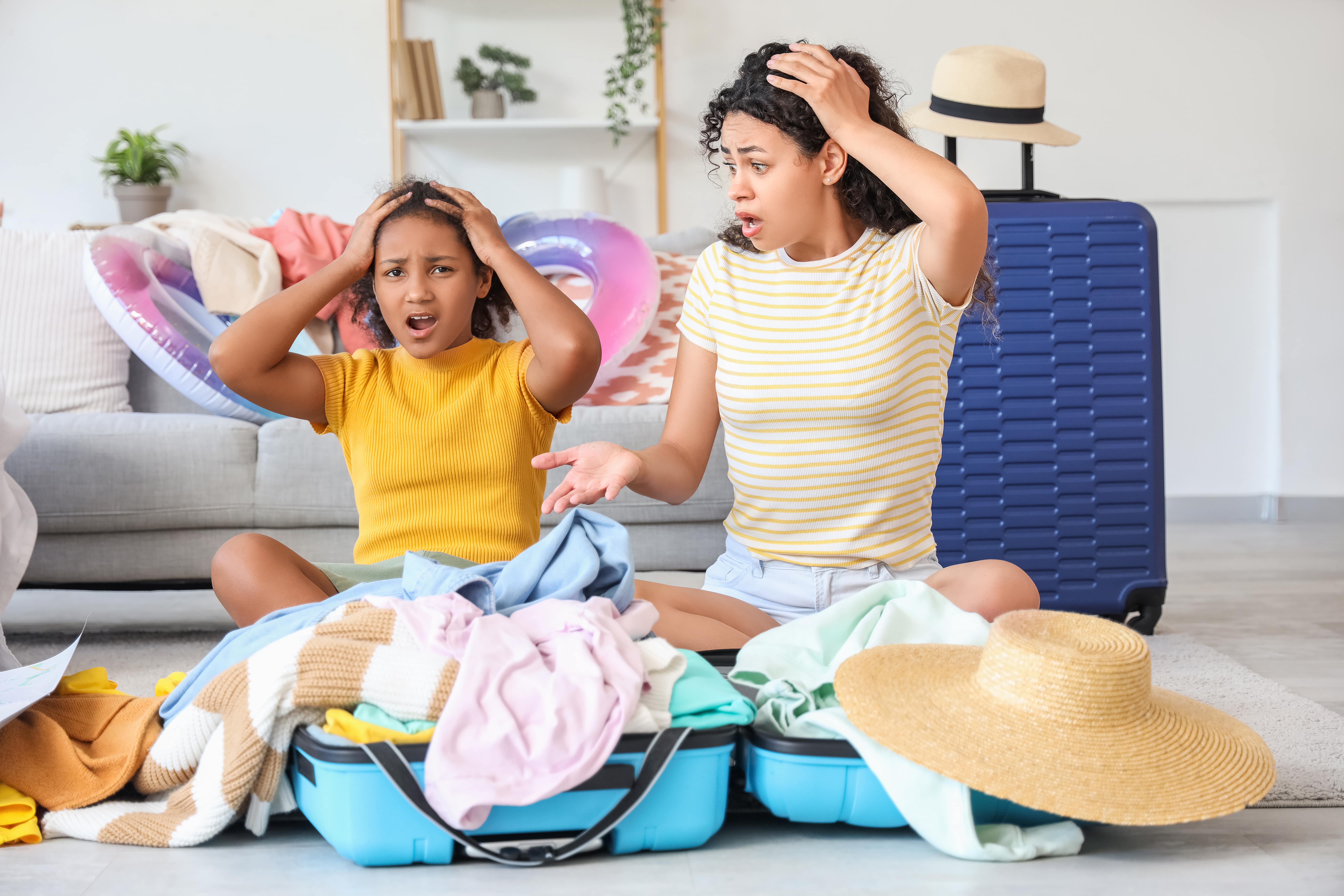The Biracial Experience: Dual Belonging or Disconnection?
What does it mean to grow up biracial in a world still shaped by binaries?
For many mixed-race girls, adolescence is a time of deep self-reflection—and sometimes deep confusion. It’s the season when questions of identity often rise to the surface. Who am I? Where do I belong? Do I have to choose?
Some girls feel like they’re “too much” or “not enough” of any one thing—caught between cultures, languages, family expectations, and social narratives that often fail to make space for complexity. When we don’t create environments that reflect their lived experience, we unintentionally reinforce a message: You don’t fully belong anywhere.
Dual Belonging or Disconnection?
Biracial adolescents may experience a sense of dual belonging—embracing multiple cultures—or face feelings of disconnection when societal perceptions don’t align with their self-identification. The pressure to “choose” one identity over another can lead to internal conflict and emotional stress. A 2022 study by Albuja et al. highlights how mixed-race youth often receive conflicting messages about who they are, which can disrupt a stable sense of self when not supported by trusted adults or affirming environments (Albuja, Gaither, Sanchez, & Remedios, 2022).
This conflict can show up in seemingly small moments: being asked, “What are you?” or not seeing yourself reflected in school curriculum, media, or leadership. These daily experiences accumulate, influencing how biracial girls view themselves and their worth.
As a health and well-being coach, I’ve worked with brilliant young girls who carry so much promise—but also the weight of silence. They often don’t speak about their confusion, their ache to be understood, or their longing to be seen fully – it’s there and it matters.
Navigating Social Spaces
In schools, peer groups, and even extended family, biracial teens are frequently navigating identity “negotiations.” A recent article by Gaither and Remedios (2022) notes that multiracial adolescents are highly attuned to how others perceive them and may adjust or suppress parts of themselves to avoid tension or exclusion. They stress that identity development is not only internal—it’s shaped by external messages, institutional norms, and the racial literacy of those around them.
Many of these girls become experts in code-switching — not just in language, but in presence. They learn to wear different versions of themselves, depending on the space. While this adaptability is a strength, it can also cause a quiet unraveling over time. Without the support of safe, affirming environments, this shapeshifting may come at the cost of authenticity and mental well-being.
Why Representation—and Understanding—Matters
Representation isn’t just about checking a box. It’s about mirroring back to a girl that her story is valid.
When she sees herself reflected—in classrooms, in leadership, in media—she begins to believe she belongs.
Beauty, in all her hues and textures, becomes something she no longer has to defend.
The richness of her cultural and emotional complexity is not questioned, but respected.
And every dream she holds in her heart starts to feel more possible, more reachable, more hers.
This is the power of being seen. Not just for who she is—but for all that she is.
When educators, social workers, counselors, and caregivers take the time to understand the developmental journey of biracial youth, we open a doorway. Research consistently shows that supportive adults can dramatically improve outcomes in identity stability, academic performance, and emotional resilience (Gaither, 2015). Our investment, our language, and our posture of compassion matter more than we know.
We Can Do Better—Together
Mixed girls are not confused about who they are—they’re often confused by a society that makes their authenticity feel like a problem.
Let’s normalize the both/and. Let’s reframe difference as depth. Let’s teach mixed girls that they don’t have to shrink, split, or explain to belong.
And let’s do this as a community, together.
🔖 References
-
Albuja, A. F., Gaither, S. E., Sanchez, D. T., & Remedios, J. D. (2022). Making sense of conflicting messages of multiracial identity. Journal of Social Issues, 78(1), 1–18.
-
Gaither, S. E., & Remedios, J. D. (2022). Multiracial adolescents navigating racial identity under societal constraints. Social Sciences, 11(1), 19.
-
Gaither, S. E. (2015). The development of multiracial and multiethnic identity. Child Development Perspectives, 9(3), 158–163.
-
U.S. Census Bureau. (2021). The sum of all parts: A multi-level exploration of racial and ethnic identity. Population Research and Policy Review, 40(3), 1–15.
Are you a parent, educator, social worker, or mixed girl navigating the in-between?
You are not alone and don’t have to figure this out in isolation.
Dear Mixed Girl offers support, coaching, subject matter expert speaking, and culturally grounded tools that honor every part of your identity journey. Whether you’re raising a mixed girl, teaching one, or walking that road yourself, you are seen, supported, and deeply valued here.
Visit the Dear Mixed Girl Services page to learn more about our workshops, coaching, and school-centered offerings. Let’s build brave, affirming spaces where mixed girls can thrive without apology.
What We Learned
-
Biracial identity is layered, shaped by social perceptions, personal experiences, and the environment.
-
Labels like “mixed,” “biracial,” or “multiracial” carry different meanings and emotional responses depending on context.
-
Creating space for emotional honesty and language exploration can help mixed teens embrace their whole identity.
-
Adults—especially parents, educators, and clinicians—can be powerful advocates by learning, reflecting, and affirming without judgment.
Frequently Asked Questions
Q: Is being biracial the same as being multicultural?
A: Not necessarily. Being biracial refers to having parents from two distinct racial backgrounds. Multicultural identity, on the other hand, refers to navigating or being influenced by multiple cultural traditions, which may or may not be connected to race. Many biracial individuals are also multicultural, but the terms aren’t interchangeable.
Q: How can I support a biracial teen struggling with identity?
A: Start by listening without assumptions, creating space for open dialogue, and avoiding language that forces them into a singular box. Affirming their full story—without pressure to “choose sides”—can nurture resilience, belonging, and pride.

